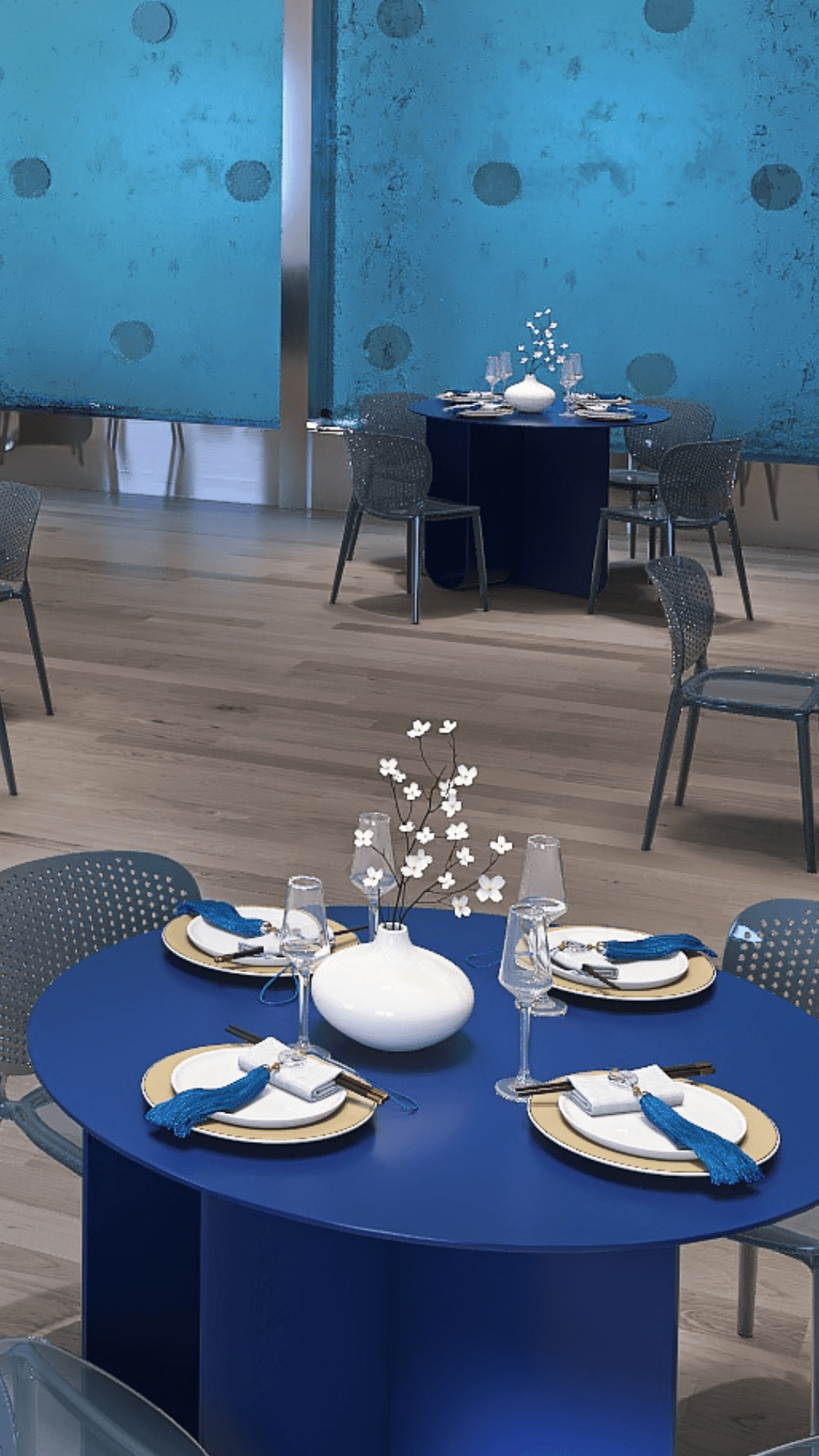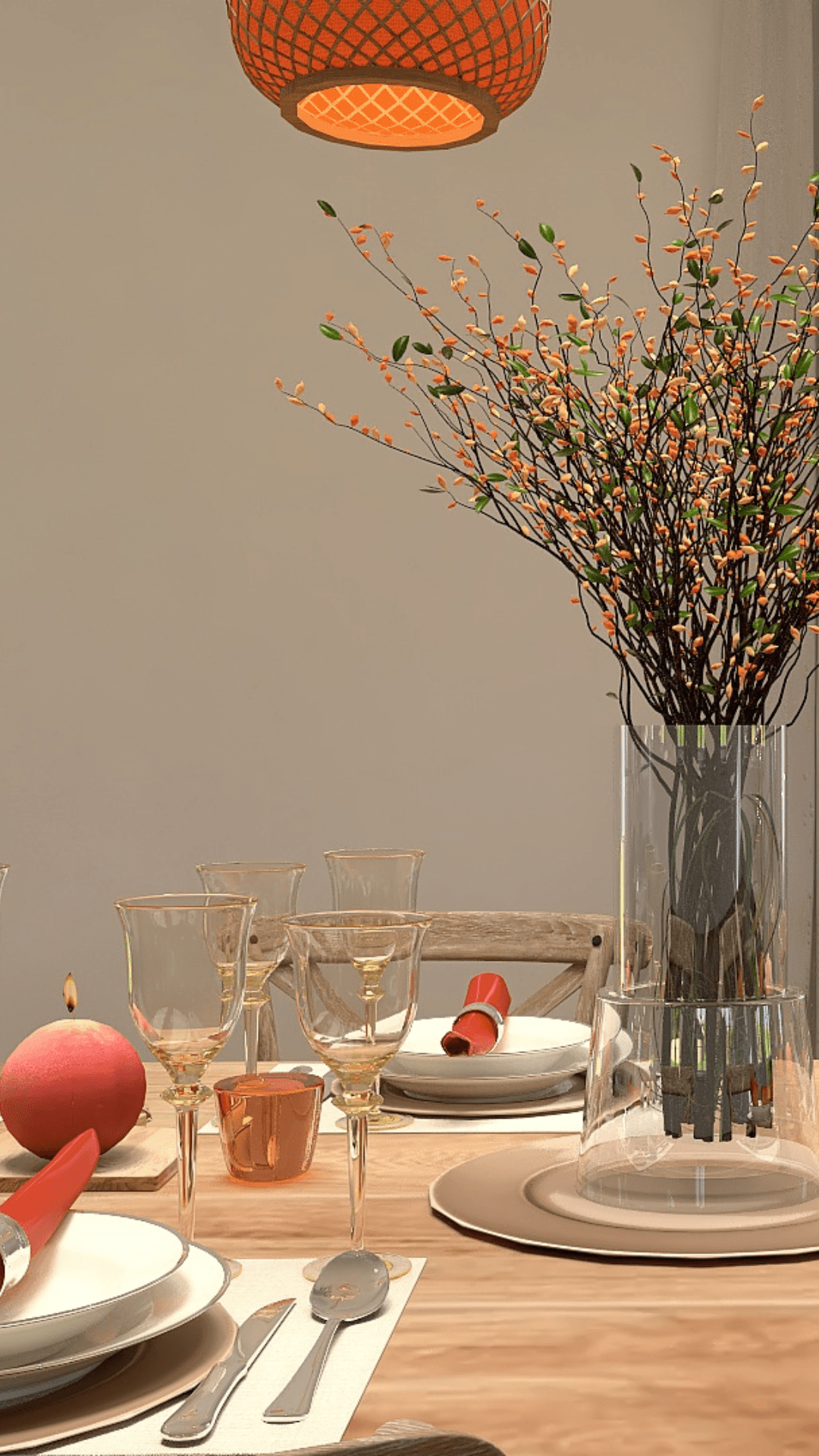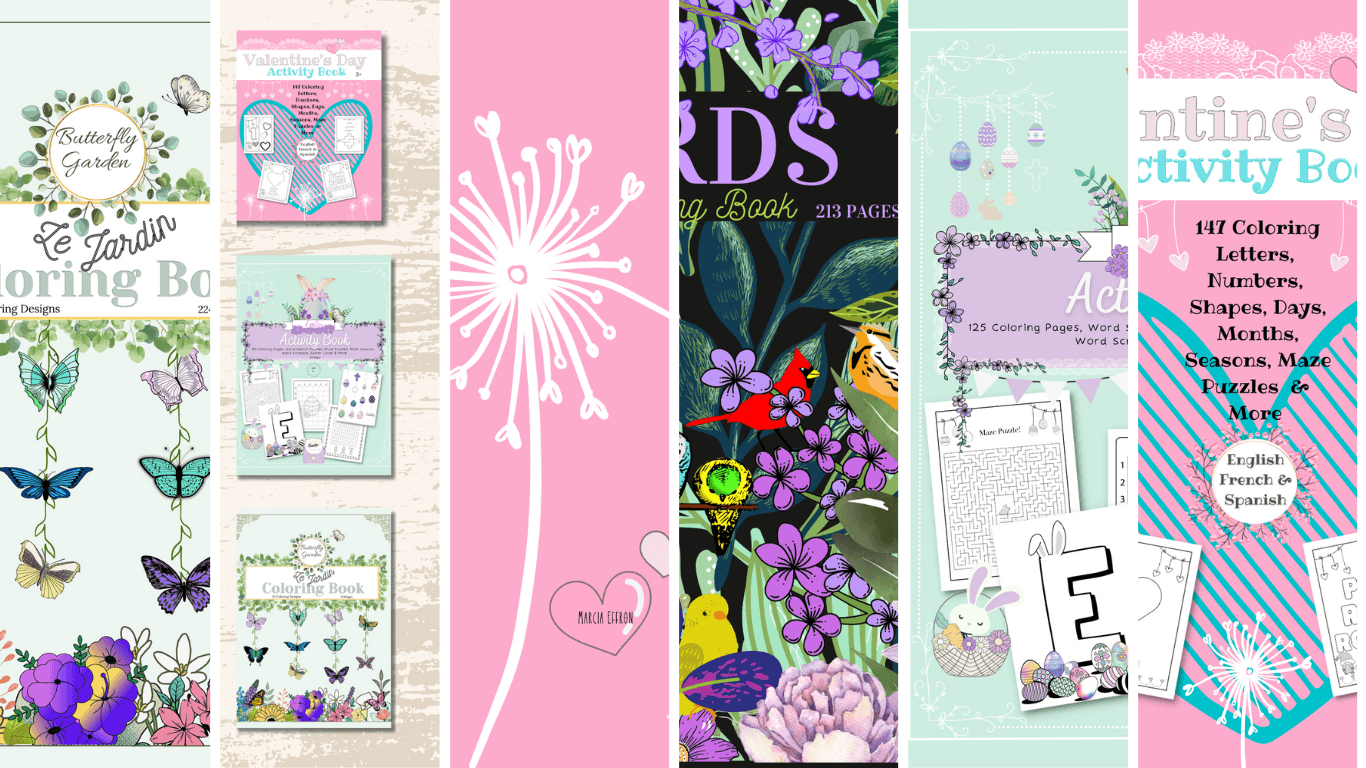


Exploring the Fusion of Graphic and Interior Design:
Where Art Meets Space
Welcome to a world where creativity knows no bounds—where the principles of graphic design and interior design converge to create visually stunning and harmonious environments. In our ever-evolving aesthetic landscape, the synergy between these two disciplines is transforming the way we experience our spaces. Graphic design, with its focus on visual communication and branding, and interior design, dedicated to optimizing and beautifying physical spaces, are merging in exciting new ways.
In this blog, I’m thrilled to share my own work that showcases this dynamic fusion. You’ll see how graphic design elements can bring personality and cohesion to interior spaces and how interior design principles can influence the application of graphic elements. Whether you’re a design enthusiast, a professional in one of these fields, or simply looking to revamp your own space, join me as we explore the innovative techniques and inspiring examples from my portfolio that highlight the powerful impact of this creative integration.
Get ready to discover how to blend color palettes, textures, and visuals to craft spaces that are not just functional, but also captivating and deeply expressive.
Bridging Art and Space: The Synergy Between Graphic Design and Interior Design
In today’s visually driven world, the lines between different design disciplines are increasingly blurred. One fascinating intersection is between graphic design and interior design. Though they may seem distinct at first glance, these fields share a profound connection in their pursuit of creating visually compelling and functional spaces. Let’s explore how graphic design and interior design complement each other, and how their synergy can transform environments. Understanding the Basics:
Graphic Design focuses on visual communication. Graphic designers use typography, imagery, and layout to convey messages across various media, from websites and advertisements to packaging and branding. Their goal is to create visual content that is both engaging and informative. Interior Design, on the other hand, involves the planning and decoration of interior spaces. Interior designers work to enhance the functionality and aesthetics of indoor environments, considering everything from furniture and color schemes to lighting and spatial layout. The Confluence of Graphic Design and Interior Design Branding Through Space One of the most significant ways graphic design impacts interior design is through branding. For commercial spaces such as retail stores, offices, or restaurants, graphic designers create brand identities that include logos, color schemes, and visual elements. Interior designers then incorporate these elements into the physical space, ensuring that the environment reflects and reinforces the brand’s message. For example, a coffee shop’s interior might feature wall murals with the brand’s logo and color palette, creating a cohesive and immersive experience for customers.
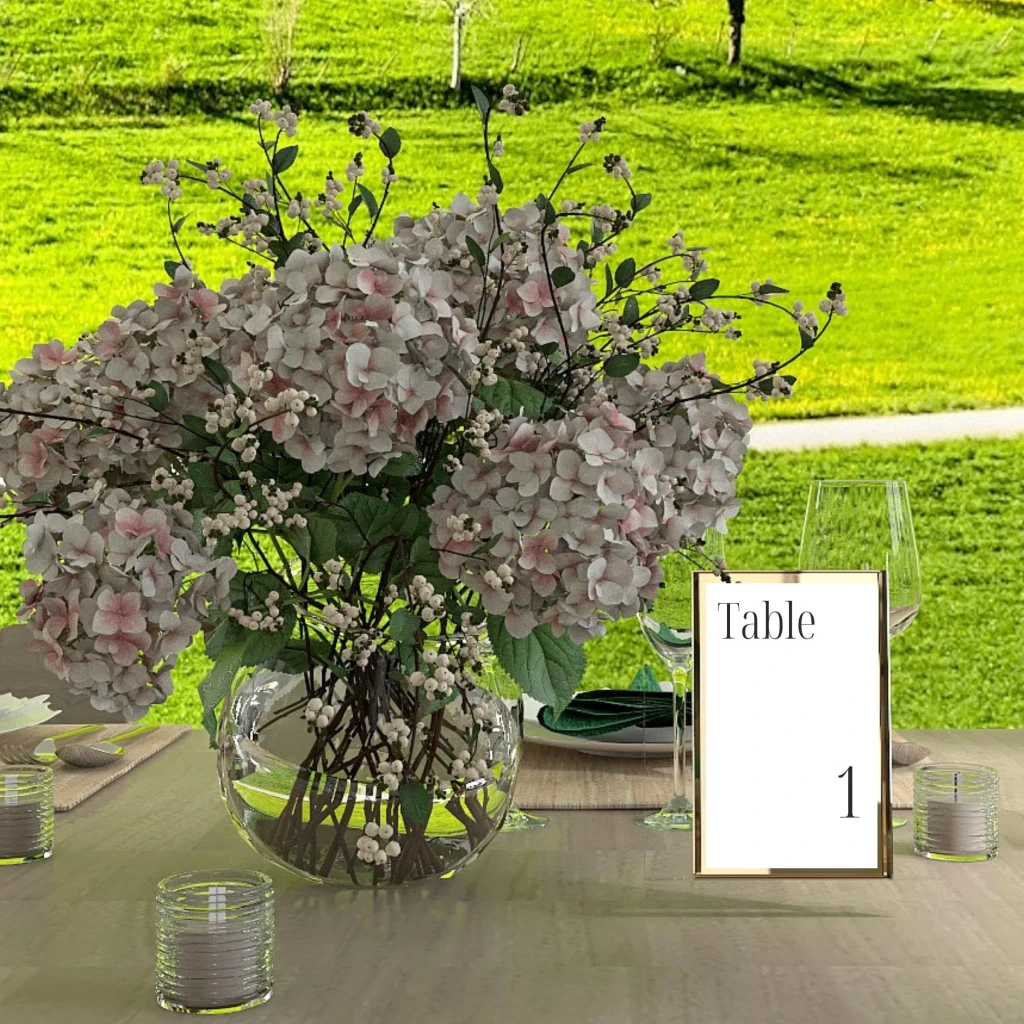
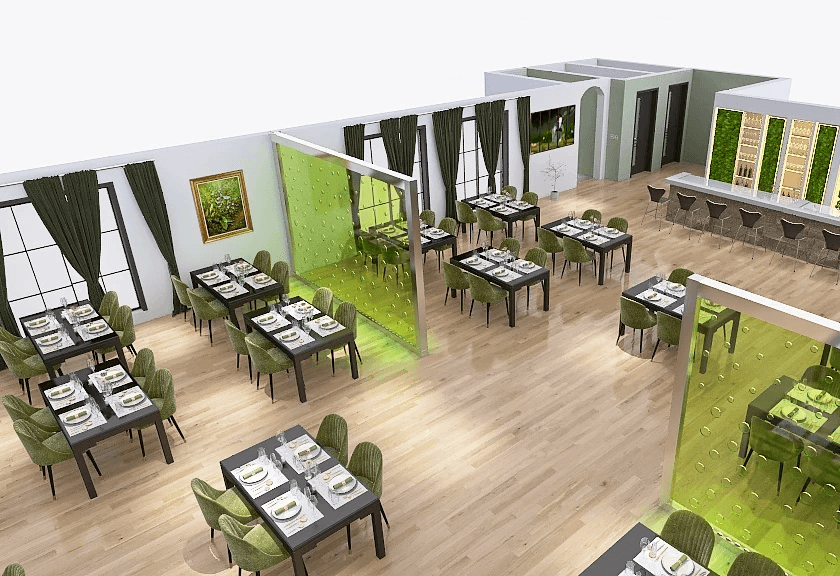
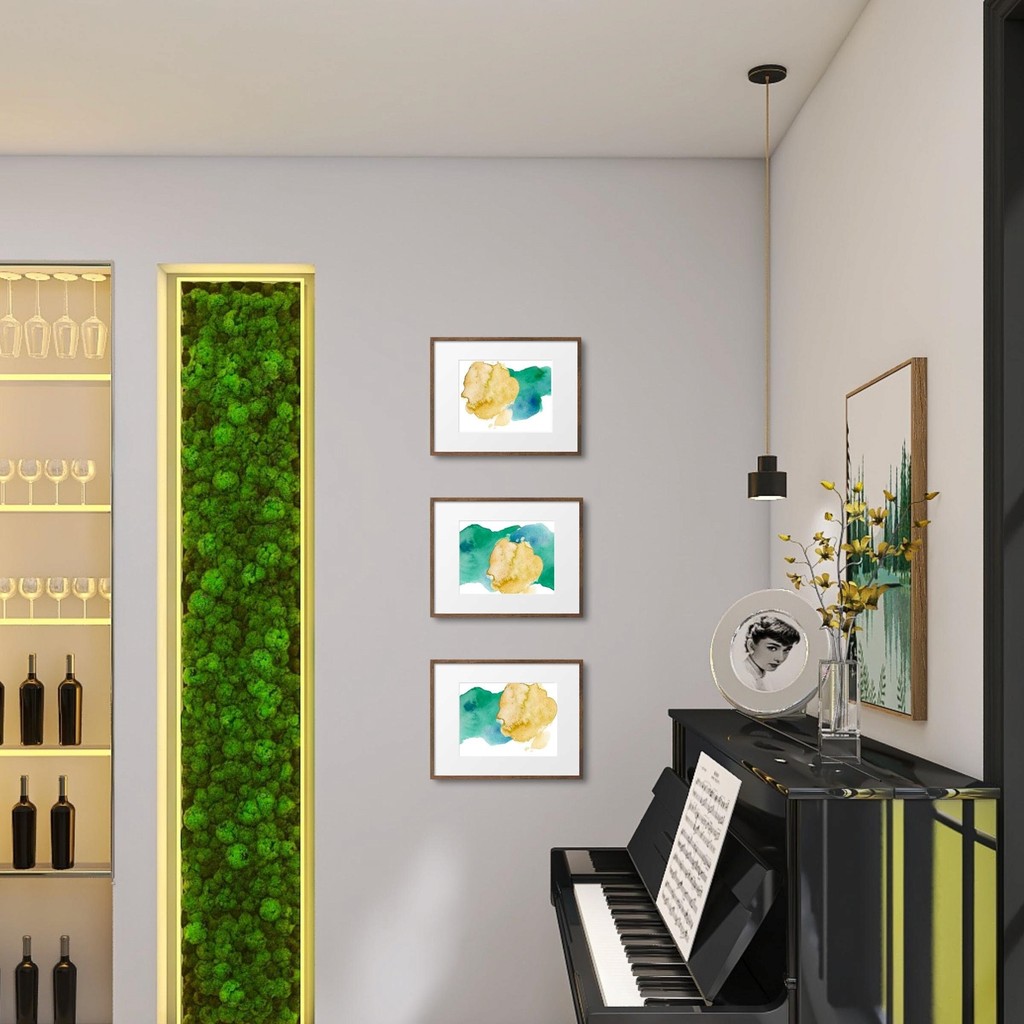
Exploring the Fusion of Graphic and Interior Design: Where Art Meets Space
Exploring the Fusion of Graphic and Interior Design: Where Art Meets Space
Welcome to a world where creativity knows no bounds—where the principles of graphic design and interior design converge to create visually stunning and harmonious environments. In our ever-evolving aesthetic landscape, the synergy between these two disciplines is transforming the way we experience our spaces. Graphic design, with its focus on visual communication and branding, and interior design, dedicated to optimizing and beautifying physical spaces, are merging in exciting new ways.
In this blog, I’m thrilled to share my own work that showcases this dynamic fusion. You’ll see how graphic design elements can bring personality and cohesion to interior spaces and how interior design principles can influence the application of graphic elements. Whether you’re a design enthusiast, a professional in one of these fields, or simply looking to revamp your own space, join me as we explore the innovative techniques and inspiring examples from my portfolio that highlight the powerful impact of this creative integration.
Get ready to discover how to blend color palettes, textures, and visuals to craft spaces that are not just functional, but also captivating and deeply expressive.
Bridging Art and Space: The Synergy Between Graphic Design and Interior Design
In today’s visually driven world, the lines between different design disciplines are increasingly blurred. One fascinating intersection is between graphic design and interior design. Though they may seem distinct at first glance, these fields share a profound connection in their pursuit of creating visually compelling and functional spaces. Let’s explore how graphic design and interior design complement each other, and how their synergy can transform environments. Understanding the Basics: Graphic Design focuses on visual communication. Graphic designers use typography, imagery, and layout to convey messages across various media, from websites and advertisements to packaging and branding. Their goal is to create visual content that is both engaging and informative. Interior Design, on the other hand, involves the planning and decoration of interior spaces. Interior designers work to enhance the functionality and aesthetics of indoor environments, considering everything from furniture and color schemes to lighting and spatial layout. The Confluence of Graphic Design and Interior Design Branding Through Space One of the most significant ways graphic design impacts interior design is through branding. For commercial spaces such as retail stores, offices, or restaurants, graphic designers create brand identities that include logos, color schemes, and visual elements. Interior designers then incorporate these elements into the physical space, ensuring that the environment reflects and reinforces the brand’s message. For example, a coffee shop’s interior might feature wall murals with the brand’s logo and color palette, creating a cohesive and immersive experience for customers.
Bridging Art and Space: The Synergy Between Graphic Design and Interior Design
In today’s visually driven world, the lines between different design disciplines are increasingly blurred. One fascinating intersection is between graphic design and interior design. Though they may seem distinct at first glance, these fields share a profound connection in their pursuit of creating visually compelling and functional spaces. Let’s explore how graphic design and interior design complement each other, and how their synergy can transform environments. Understanding the Basics: Graphic Design focuses on visual communication. Graphic designers use typography, imagery, and layout to convey messages across various media, from websites and advertisements to packaging and branding. Their goal is to create visual content that is both engaging and informative. Interior Design, on the other hand, involves the planning and decoration of interior spaces. Interior designers work to enhance the functionality and aesthetics of indoor environments, considering everything from furniture and color schemes to lighting and spatial layout. The Confluence of Graphic Design and Interior Design Branding Through Space One of the most significant ways graphic design impacts interior design is through branding. For commercial spaces such as retail stores, offices, or restaurants, graphic designers create brand identities that include logos, color schemes, and visual elements. Interior designers then incorporate these elements into the physical space, ensuring that the environment reflects and reinforces the brand’s message. For example, a coffee shop’s interior might feature wall murals with the brand’s logo and color palette, creating a cohesive and immersive experience for customers.




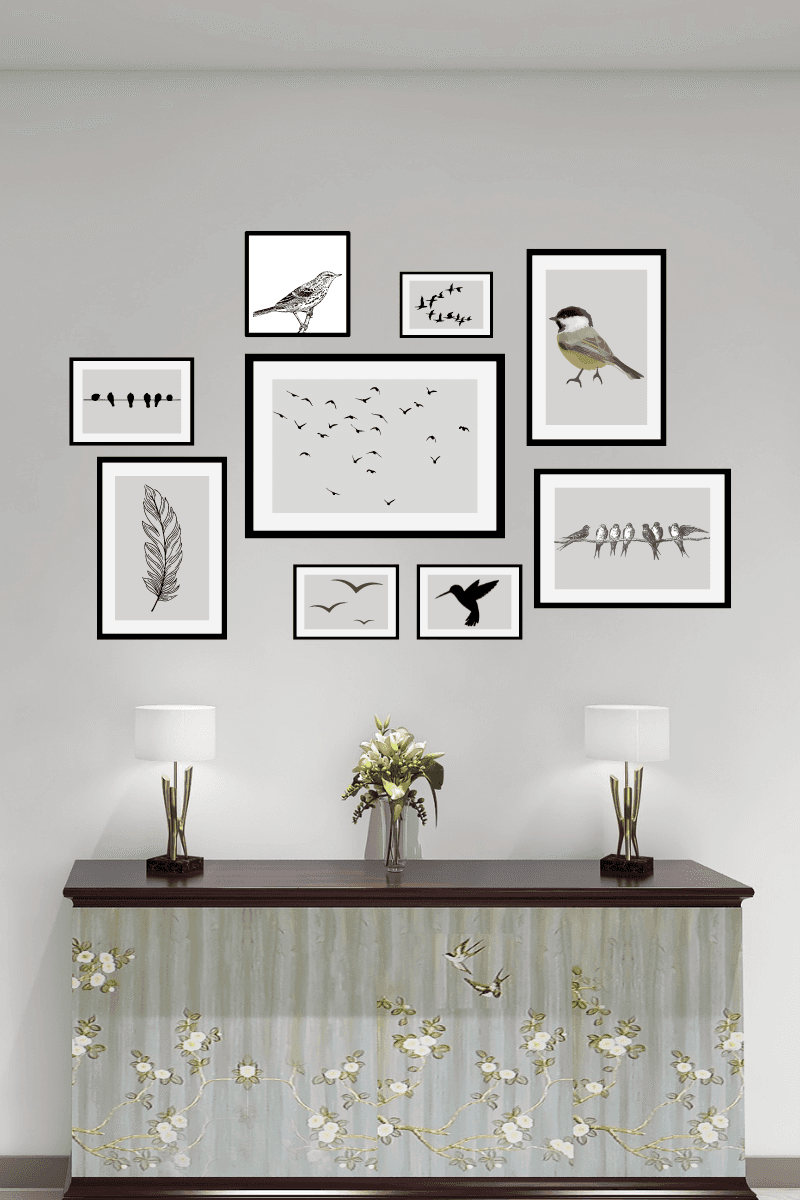










Both graphic and interior designers excel at visual storytelling. In interior design, this involves creating a narrative through the arrangement of furniture, colors, and decorations. Graphic designers contribute by crafting visual elements that enhance this narrative. For instance, an interior designer working on a child’s bedroom might collaborate with a graphic designer to create custom wall art and decals that reflect the child’s interests and personality, bringing the space’s story to life. Effective wayfinding and signage are crucial in both commercial and residential spaces. Graphic designers create clear and visually appealing signs, while interior designers ensure these signs are strategically placed within the space for maximum visibility and functionality. This collaboration helps guide visitors through a space, providing information and enhancing the overall user experience. With the rise of smart home technology and interactive environments, the integration of digital elements into interior design has become increasingly important. Graphic designers and interior designers work together to create seamless digital experiences within physical spaces. For example, an interior designer might design a high-tech conference room with integrated screens and interactive displays, while a graphic designer develops the interface and visual content for these digital elements. Both fields also contribute to the personalization of spaces. Graphic designers can create custom artwork, prints, or wallpapers that reflect an individual’s or company’s style, which interior designers then incorporate into the overall design. This customization makes spaces feel unique and tailored to the occupants’ preferences. Case Studies: When Graphic and Interior Design Collide
Stores like Apple and Nike showcase how the integration of graphic design and interior design creates a powerful brand experience. Apple’s sleek, minimalist stores feature large-scale graphic installations and clean lines that echo their brand identity, while Nike stores often include interactive displays and vibrant murals that reflect their dynamic brand image. Restaurants often use graphic design to enhance their interiors. For instance, a restaurant’s menu design, signage, and wall graphics all contribute to the dining experience. Interior designers incorporate these elements into the restaurant’s layout and décor, creating a cohesive atmosphere that complements the brand’s visual identity. The intersection of graphic design and interior design offers endless possibilities for creating visually stunning and functional spaces. By blending the visual communication expertise of graphic designers with the spatial and aesthetic skills of interior designers, you can craft environments that are not only beautiful but also meaningful and effective. Embracing this synergy allows for innovative designs that resonate with people on multiple levels, enhancing their overall experience. In a world where design is more interconnected than ever, understanding and leveraging the relationship between graphic and interior design can set your projects apart and leave a lasting impression on your audience. Whether you're designing a brand’s retail space or a personalized home environment, the collaboration between these two disciplines can bring your vision to life in extraordinary ways.
Retail Spaces: Stores like Apple and Nike showcase how the integration of graphic design and interior design creates a powerful brand experience. Apple’s sleek, minimalist stores feature large-scale graphic installations and clean lines that echo their brand identity, while Nike stores often include interactive displays and vibrant murals that reflect their dynamic brand image. Restaurants: Restaurants often use graphic design to enhance their interiors. For instance, a restaurant’s menu design, signage, and wall graphics all contribute to the dining experience. Interior designers incorporate these elements into the restaurant’s layout and décor, creating a cohesive atmosphere that complements the brand’s visual identity.ConclusionThe intersection of graphic design and interior design offers endless possibilities for creating visually stunning and functional spaces. By blending the visual communication expertise of graphic designers with the spatial and aesthetic skills of interior designers, you can craft environments that are not only beautiful but also meaningful and effective. Embracing this synergy allows for innovative designs that resonate with people on multiple levels, enhancing their overall experience.In a world where design is more interconnected than ever, understanding and leveraging the relationship between graphic and interior design can set your projects apart and leave a lasting impression on your audience. Whether you're designing a brand’s retail space or a personalized home environment, the collaboration between these two disciplines can bring your vision to life in extraordinary ways.
Visual Storytelling Both graphic and interior designers excel at visual storytelling. In interior design, this involves creating a narrative through the arrangement of furniture, colors, and decorations. Graphic designers contribute by crafting visual elements that enhance this narrative. For instance, an interior designer working on a child’s bedroom might collaborate with a graphic designer to create custom wall art and decals that reflect the child’s interests and personality, bringing the space’s story to life. Wayfinding and Signage Effective wayfinding and signage are crucial in both commercial and residential spaces. Graphic designers create clear and visually appealing signs, while interior designers ensure these signs are strategically placed within the space for maximum visibility and functionality. This collaboration helps guide visitors through a space, providing information and enhancing the overall user experience. Digital Integration With the rise of smart home technology and interactive environments, the integration of digital elements into interior design has become increasingly important. Graphic designers and interior designers work together to create seamless digital experiences within physical spaces. For example, an interior designer might design a high-tech conference room with integrated screens and interactive displays, while a graphic designer develops the interface and visual content for these digital elements. Personalization and Customization Both fields also contribute to the personalization of spaces. Graphic designers can create custom artwork, prints, or wallpapers that reflect an individual’s or company’s style, which interior designers then incorporate into the overall design. This customization makes spaces feel unique and tailored to the occupants’ preferences. Case Studies: When Graphic and Interior Design Collide
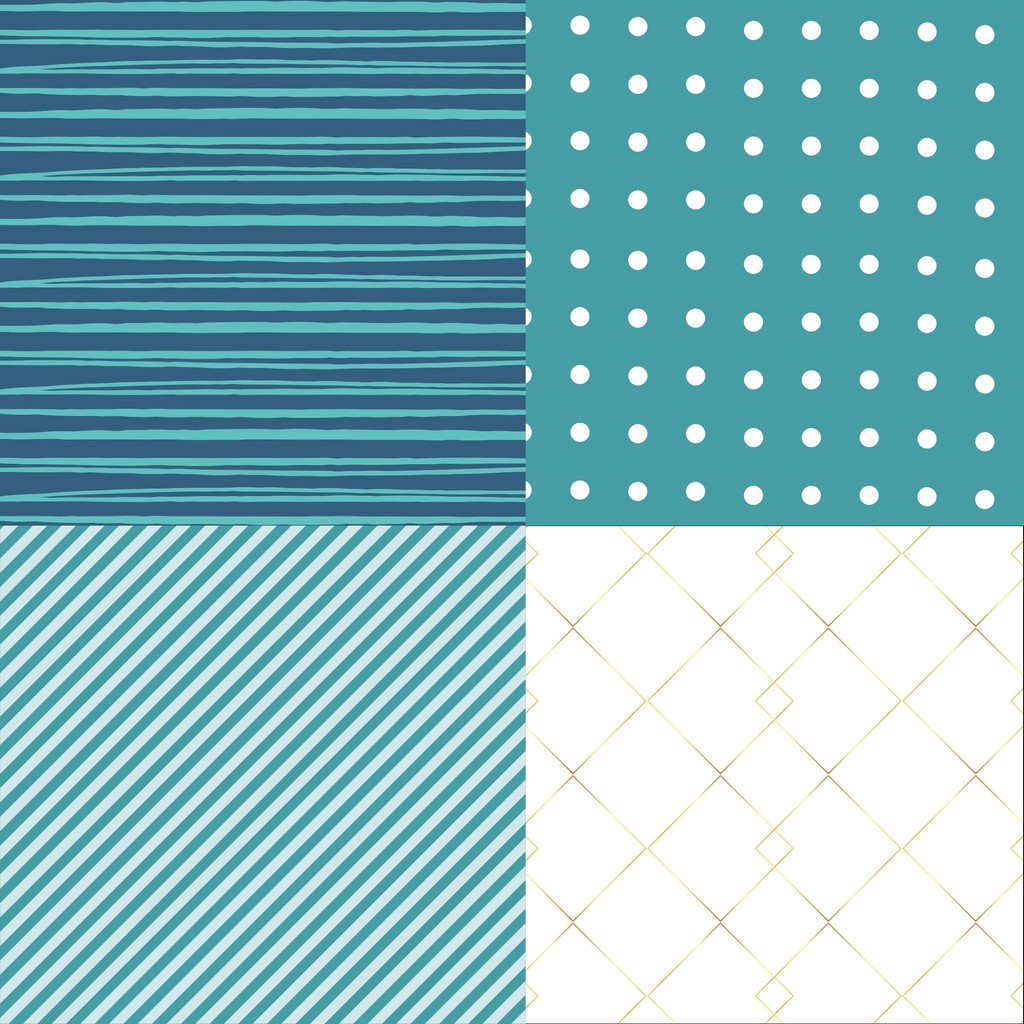
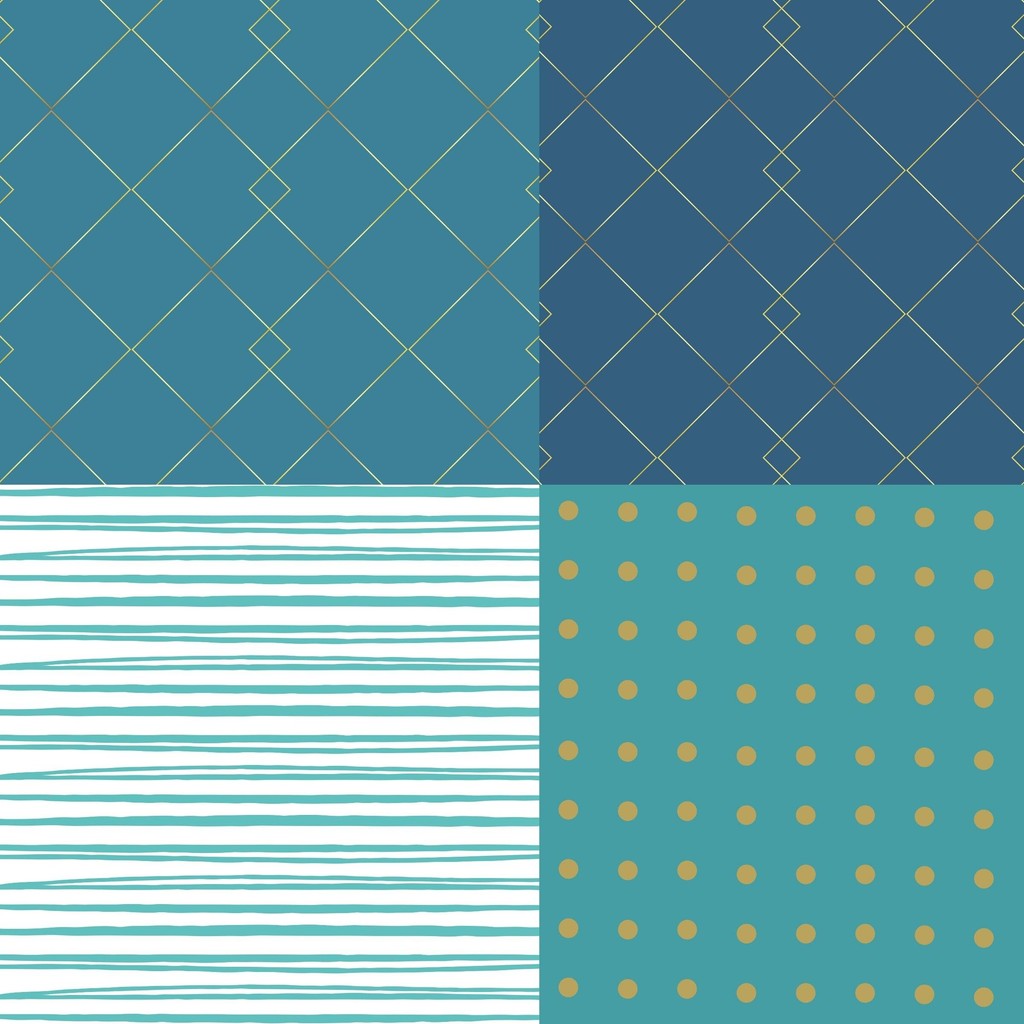
Visual Storytelling Both graphic and interior designers excel at visual storytelling. In interior design, this involves creating a narrative through the arrangement of furniture, colors, and decorations. Graphic designers contribute by crafting visual elements that enhance this narrative. For instance, an interior designer working on a child’s bedroom might collaborate with a graphic designer to create custom wall art and decals that reflect the child’s interests and personality, bringing the space’s story to life. Wayfinding and Signage Effective wayfinding and signage are crucial in both commercial and residential spaces. Graphic designers create clear and visually appealing signs, while interior designers ensure these signs are strategically placed within the space for maximum visibility and functionality. This collaboration helps guide visitors through a space, providing information and enhancing the overall user experience. Digital Integration With the rise of smart home technology and interactive environments, the integration of digital elements into interior design has become increasingly important. Graphic designers and interior designers work together to create seamless digital experiences within physical spaces. For example, an interior designer might design a high-tech conference room with integrated screens and interactive displays, while a graphic designer develops the interface and visual content for these digital elements. Personalization and Customization Both fields also contribute to the personalization of spaces. Graphic designers can create custom artwork, prints, or wallpapers that reflect an individual’s or company’s style, which interior designers then incorporate into the overall design. This customization makes spaces feel unique and tailored to the occupants’ preferences. Case Studies: When Graphic and Interior Design Collide
Retail Spaces: Stores like Apple and Nike showcase how the integration of graphic design and interior design creates a powerful brand experience. Apple’s sleek, minimalist stores feature large-scale graphic installations and clean lines that echo their brand identity, while Nike stores often include interactive displays and vibrant murals that reflect their dynamic brand image. Restaurants: Restaurants often use graphic design to enhance their interiors. For instance, a restaurant’s menu design, signage, and wall graphics all contribute to the dining experience. Interior designers incorporate these elements into the restaurant’s layout and décor, creating a cohesive atmosphere that complements the brand’s visual identity.ConclusionThe intersection of graphic design and interior design offers endless possibilities for creating visually stunning and functional spaces. By blending the visual communication expertise of graphic designers with the spatial and aesthetic skills of interior designers, you can craft environments that are not only beautiful but also meaningful and effective. Embracing this synergy allows for innovative designs that resonate with people on multiple levels, enhancing their overall experience.In a world where design is more interconnected than ever, understanding and leveraging the relationship between graphic and interior design can set your projects apart and leave a lasting impression on your audience. Whether you're designing a brand’s retail space or a personalized home environment, the collaboration between these two disciplines can bring your vision to life in extraordinary ways.





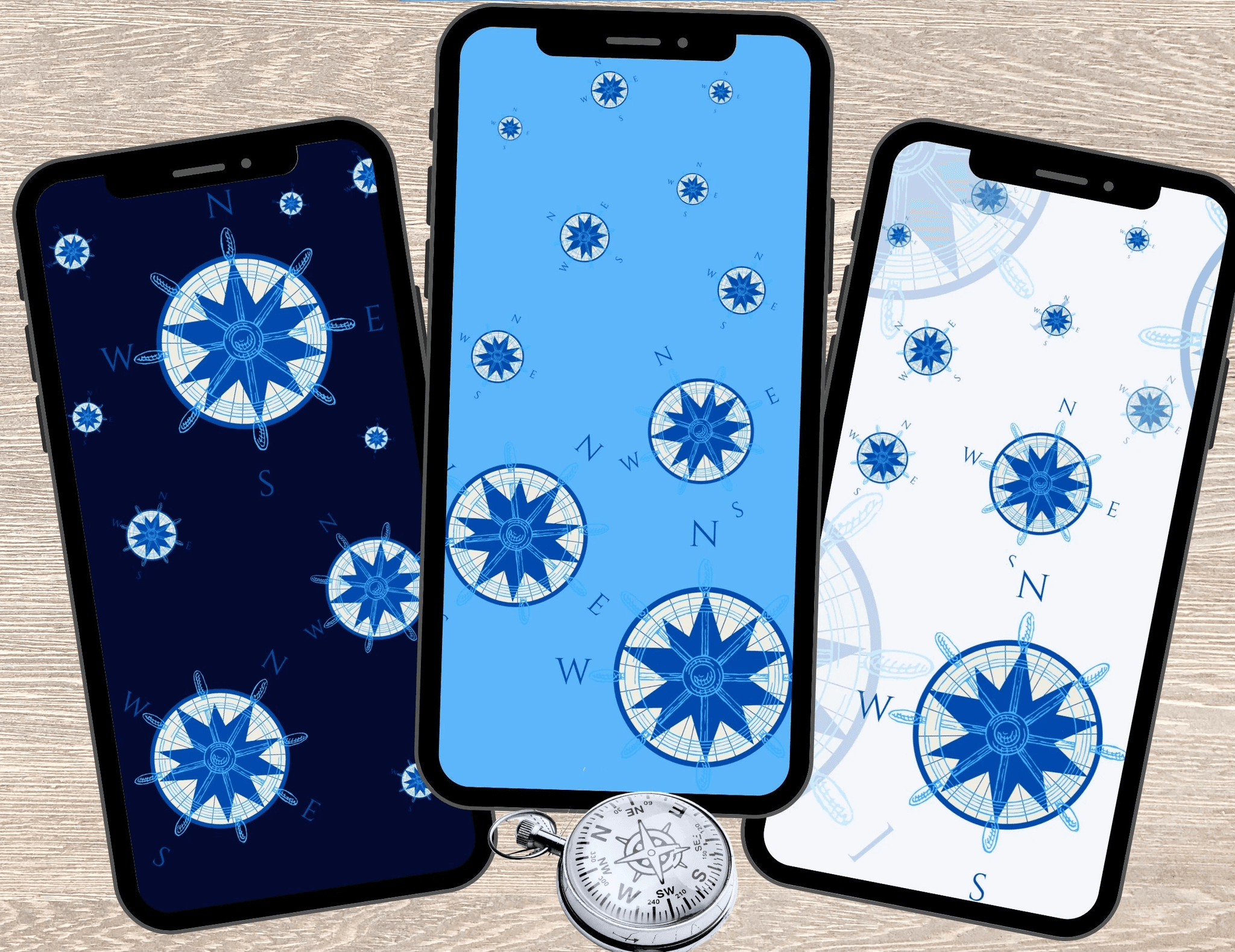


Screen Saver



Screen saver
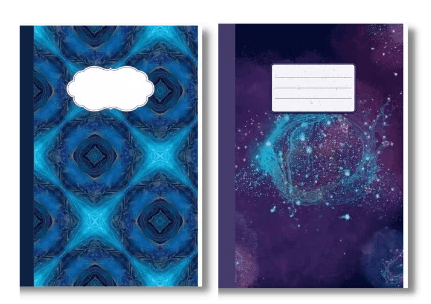
Graphic Design
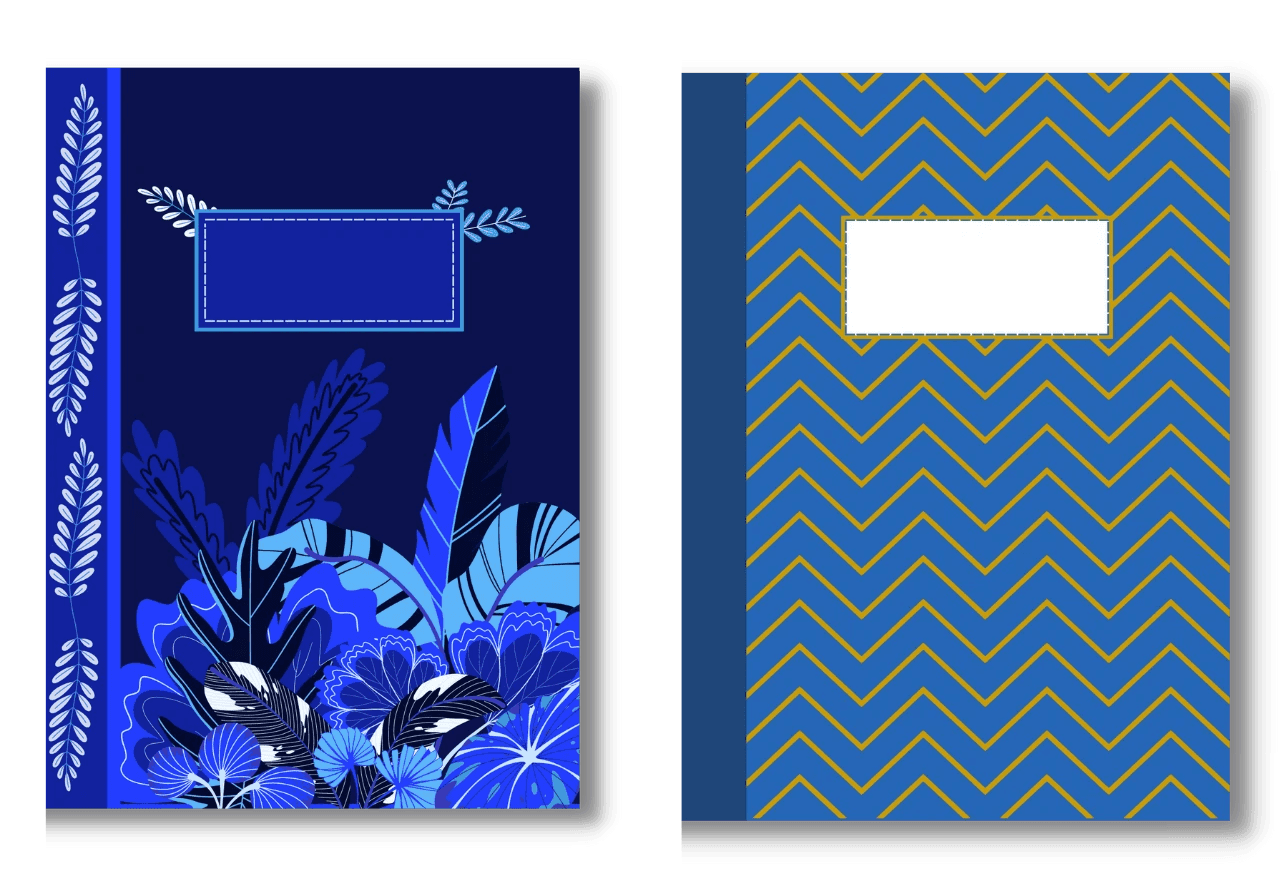


Notebooks
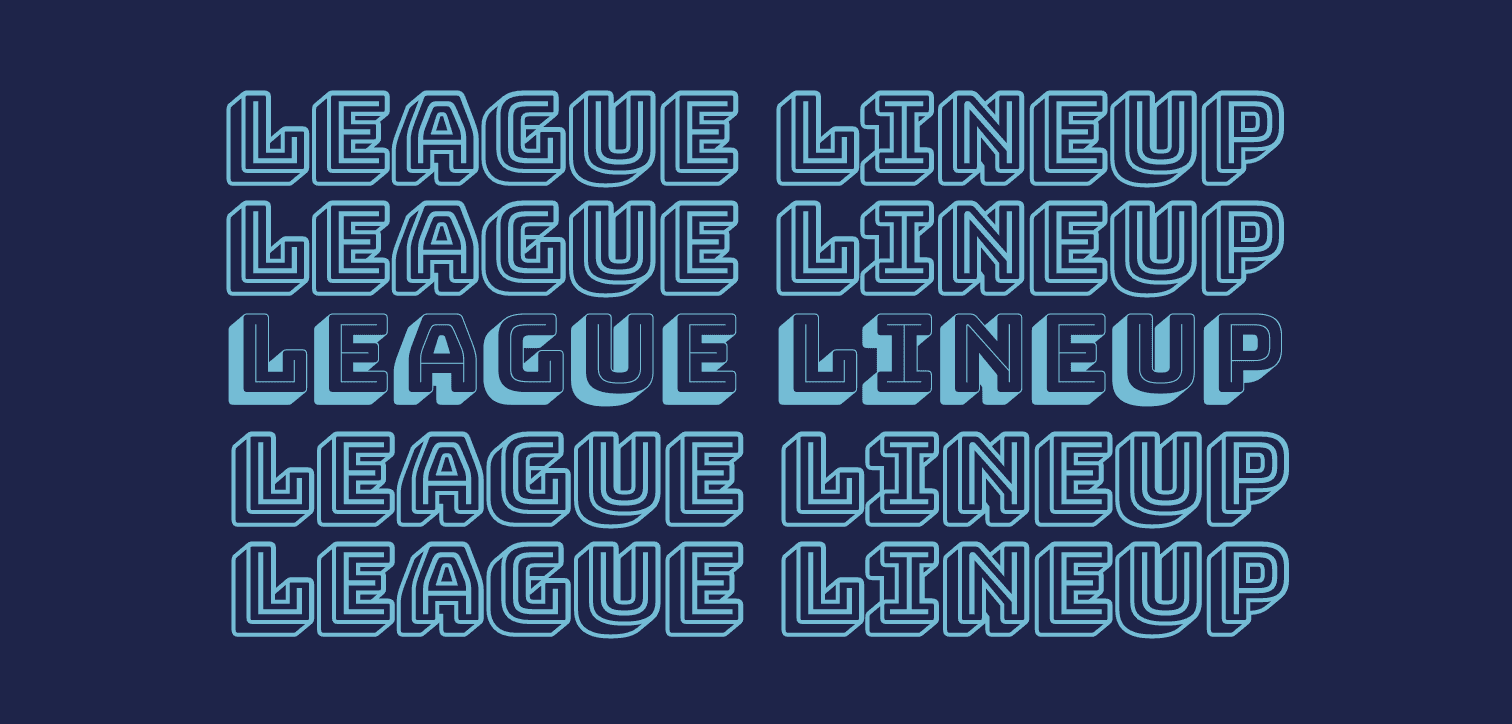


Branding



Notebooks




Graphic Design and Education: Shaping the Future of Learning
In today's visually driven world, graphic design plays a crucial role in education, transforming how information is presented and consumed. From classroom materials to digital learning platforms, graphic design enhances educational experiences by making content more engaging, accessible, and effective. Graphic design has revolutionized traditional learning materials, turning static textbooks and handouts into dynamic and interactive resources. Infographics, well-designed diagrams, and visually appealing layouts help to break down complex information into digestible pieces. This approach not only makes learning more engaging but also aids in retention and understanding. By incorporating visuals into educational content, graphic design helps students grasp difficult concepts more easily and remember key information longer. With the rise of digital education, graphic design has become essential in developing user-friendly and visually appealing online learning platforms. Websites, apps, and e-learning modules benefit from thoughtful design that prioritizes usability and accessibility. Clear navigation, intuitive interfaces, and engaging visual elements make digital learning environments more enjoyable and effective. Graphic design ensures that educational technologies are not only functional but also aesthetically pleasing, which can motivate students and enhance their learning experience. Graphic design also plays a vital role in supporting inclusive education. Designers create educational materials that accommodate diverse learning needs by incorporating features such as adjustable text sizes, color contrast adjustments, and visual aids for different learning styles. By considering accessibility from the outset, graphic design helps ensure that all students, regardless of their abilities, have equal access to educational resources. Incorporating graphic design into the curriculum can also foster creativity and critical thinking among students. Design projects encourage students to think critically about how to communicate ideas visually and solve problems creatively. Whether through creating posters, presentations, or digital content, students develop valuable skills in visual communication and design thinking, which are increasingly relevant in today’s job market. Effective graphic design can bridge the communication gap between students and educators. Visually engaging materials and clear, well-organized presentations help educators convey their messages more effectively and ensure that students stay focused and engaged. Design elements such as visual hierarchies and emphasis techniques guide students through the content, making it easier for them to follow along and understand key concepts. Graphic design is more than just an aesthetic addition to education; it is a powerful tool that enhances learning and teaching experiences. By transforming educational materials, improving digital platforms, supporting inclusive practices, and fostering creativity, graphic design plays a vital role in shaping the future of education. As educational environments continue to evolve, the integration of thoughtful and effective graphic design will remain essential in creating engaging, accessible, and impactful learning experiences.
Graphic Design and Education: Shaping the Future of Learning
In today's visually driven world, graphic design plays a crucial role in education, transforming how information is presented and consumed. From classroom materials to digital learning platforms, graphic design enhances educational experiences by making content more engaging, accessible, and effective. Transforming Learning Materials Graphic design has revolutionized traditional learning materials, turning static textbooks and handouts into dynamic and interactive resources. Infographics, well-designed diagrams, and visually appealing layouts help to break down complex information into digestible pieces. This approach not only makes learning more engaging but also aids in retention and understanding. By incorporating visuals into educational content, graphic design helps students grasp difficult concepts more easily and remember key information longer. Enhancing Digital Learning Platforms With the rise of digital education, graphic design has become essential in developing user-friendly and visually appealing online learning platforms. Websites, apps, and e-learning modules benefit from thoughtful design that prioritizes usability and accessibility. Clear navigation, intuitive interfaces, and engaging visual elements make digital learning environments more enjoyable and effective. Graphic design ensures that educational technologies are not only functional but also aesthetically pleasing, which can motivate students and enhance their learning experience. Supporting Inclusive Education Graphic design also plays a vital role in supporting inclusive education. Designers create educational materials that accommodate diverse learning needs by incorporating features such as adjustable text sizes, color contrast adjustments, and visual aids for different learning styles. By considering accessibility from the outset, graphic design helps ensure that all students, regardless of their abilities, have equal access to educational resources. Fostering Creativity and Critical Thinking Incorporating graphic design into the curriculum can also foster creativity and critical thinking among students. Design projects encourage students to think critically about how to communicate ideas visually and solve problems creatively. Whether through creating posters, presentations, or digital content, students develop valuable skills in visual communication and design thinking, which are increasingly relevant in today’s job market. Bridging the Gap Between Students and Educators Effective graphic design can bridge the communication gap between students and educators. Visually engaging materials and clear, well-organized presentations help educators convey their messages more effectively and ensure that students stay focused and engaged. Design elements such as visual hierarchies and emphasis techniques guide students through the content, making it easier for them to follow along and understand key concepts. Conclusion Graphic design is more than just an aesthetic addition to education; it is a powerful tool that enhances learning and teaching experiences. By transforming educational materials, improving digital platforms, supporting inclusive practices, and fostering creativity, graphic design plays a vital role in shaping the future of education. As educational environments continue to evolve, the integration of thoughtful and effective graphic design will remain essential in creating engaging, accessible, and impactful learning experiences.
Graphic Design and Education: Shaping the Future of Learning
In today's visually driven world, graphic design plays a crucial role in education, transforming how information is presented and consumed. From classroom materials to digital learning platforms, graphic design enhances educational experiences by making content more engaging, accessible, and effective. Graphic design has revolutionized traditional learning materials, turning static textbooks and handouts into dynamic and interactive resources. Infographics, well-designed diagrams, and visually appealing layouts help to break down complex information into digestible pieces. This approach not only makes learning more engaging but also aids in retention and understanding. By incorporating visuals into educational content, graphic design helps students grasp difficult concepts more easily and remember key information longer. With the rise of digital education, graphic design has become essential in developing user-friendly and visually appealing online learning platforms. Websites, apps, and e-learning modules benefit from thoughtful design that prioritizes usability and accessibility. Clear navigation, intuitive interfaces, and engaging visual elements make digital learning environments more enjoyable and effective. Graphic design ensures that educational technologies are not only functional but also aesthetically pleasing, which can motivate students and enhance their learning experience. Graphic design also plays a vital role in supporting inclusive education. Designers create educational materials that accommodate diverse learning needs by incorporating features such as adjustable text sizes, color contrast adjustments, and visual aids for different learning styles. By considering accessibility from the outset, graphic design helps ensure that all students, regardless of their abilities, have equal access to educational resources. Incorporating graphic design into the curriculum can also foster creativity and critical thinking among students. Design projects encourage students to think critically about how to communicate ideas visually and solve problems creatively. Whether through creating posters, presentations, or digital content, students develop valuable skills in visual communication and design thinking, which are increasingly relevant in today’s job market. Effective graphic design can bridge the communication gap between students and educators. Visually engaging materials and clear, well-organized presentations help educators convey their messages more effectively and ensure that students stay focused and engaged. Design elements such as visual hierarchies and emphasis techniques guide students through the content, making it easier for them to follow along and understand key concepts. Graphic design is more than just an aesthetic addition to education; it is a powerful tool that enhances learning and teaching experiences. By transforming educational materials, improving digital platforms, supporting inclusive practices, and fostering creativity, graphic design plays a vital role in shaping the future of education. As educational environments continue to evolve, the integration of thoughtful and effective graphic design will remain essential in creating engaging, accessible, and impactful learning experiences.







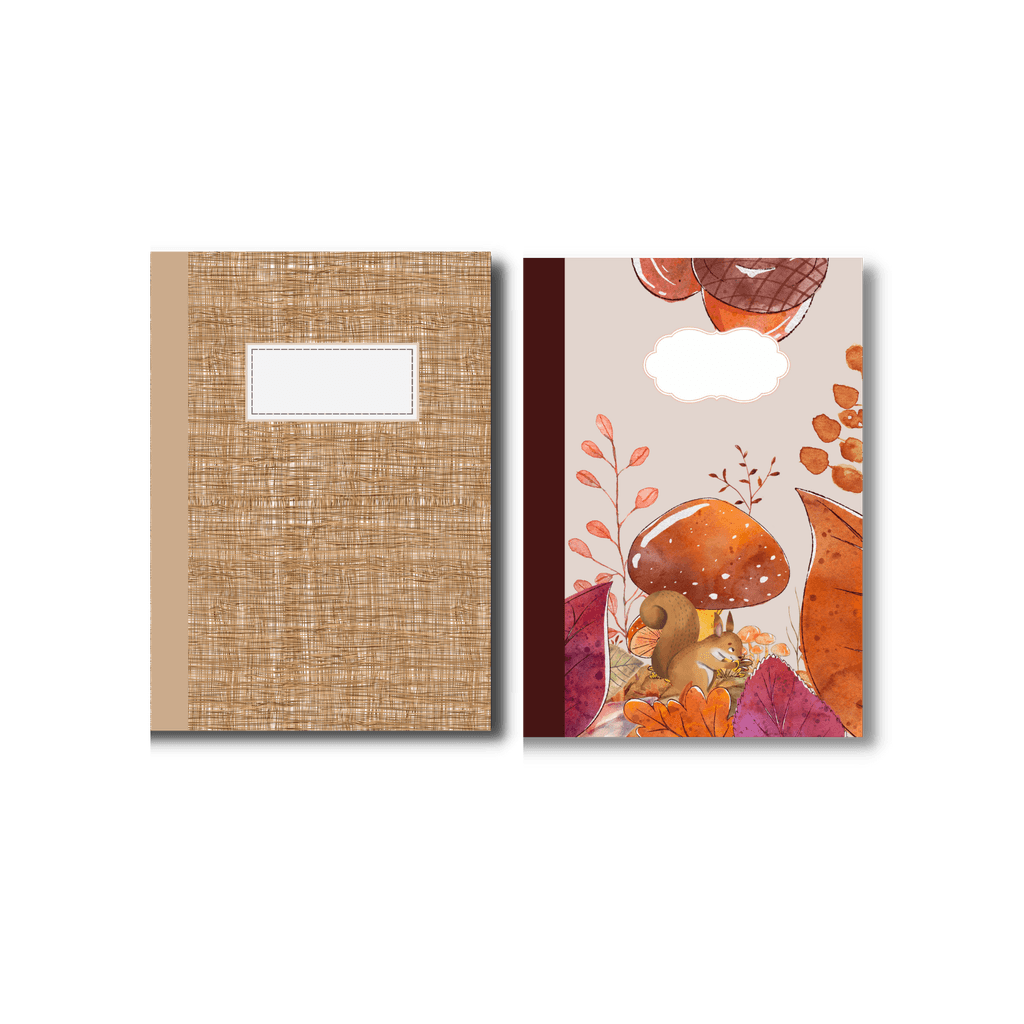

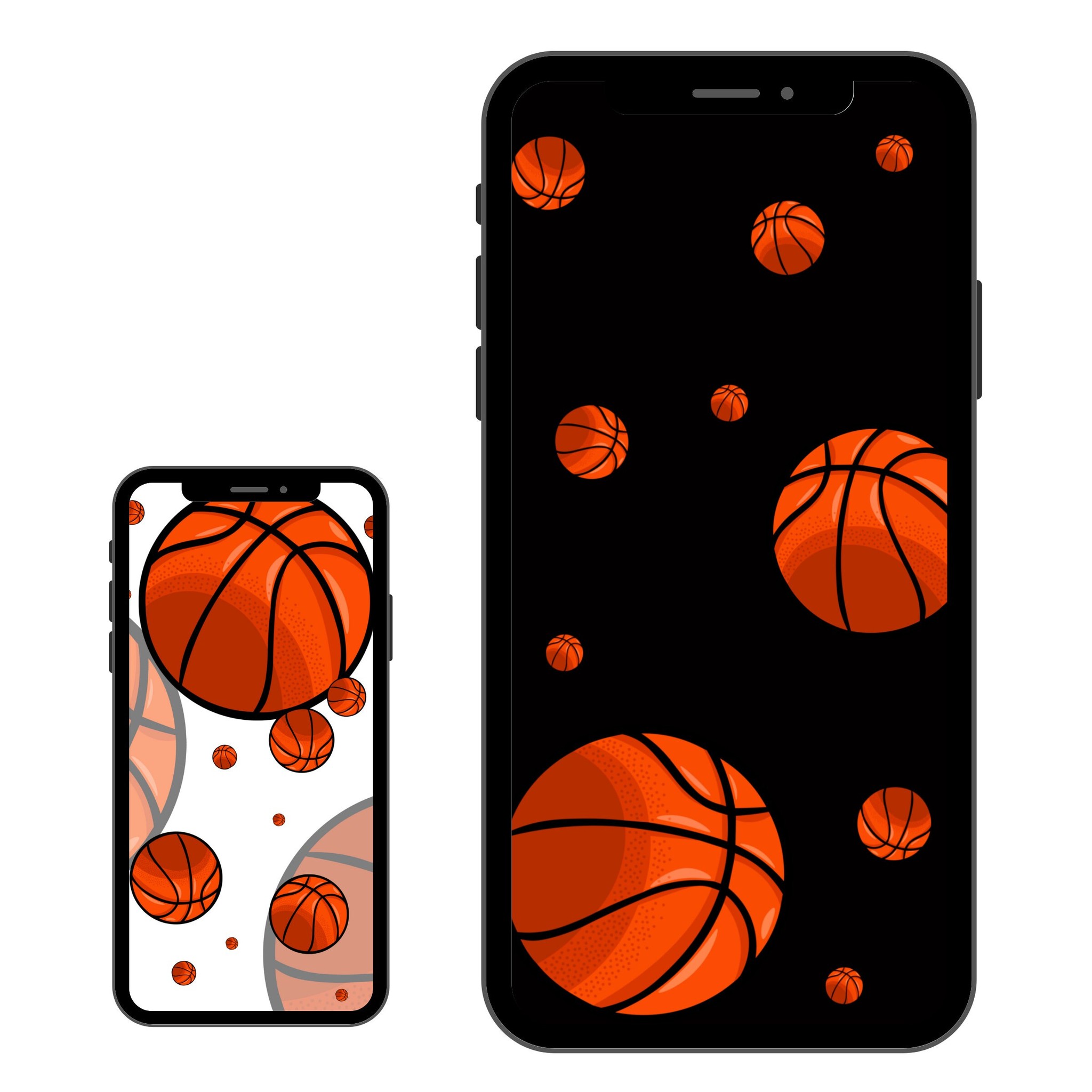
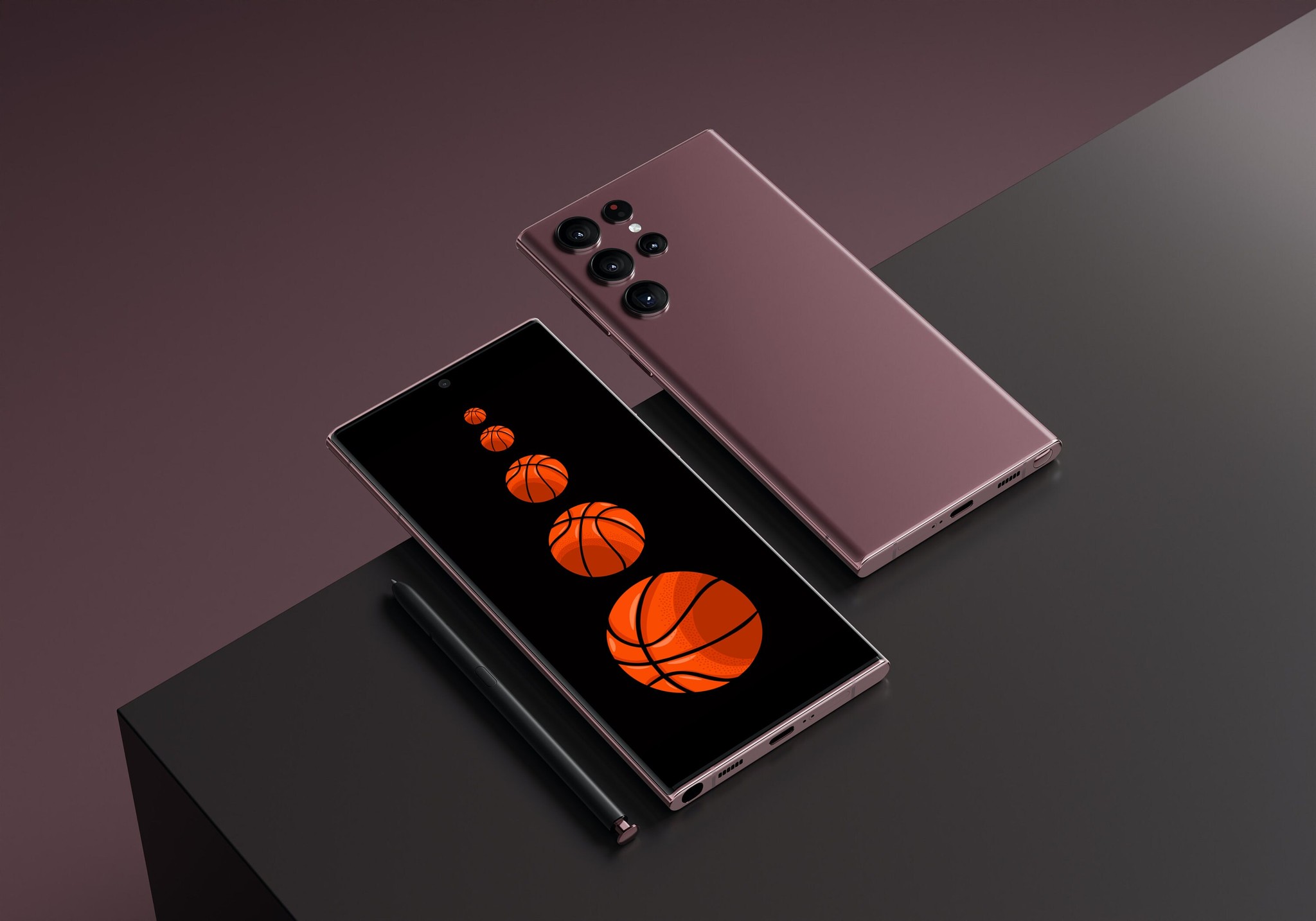


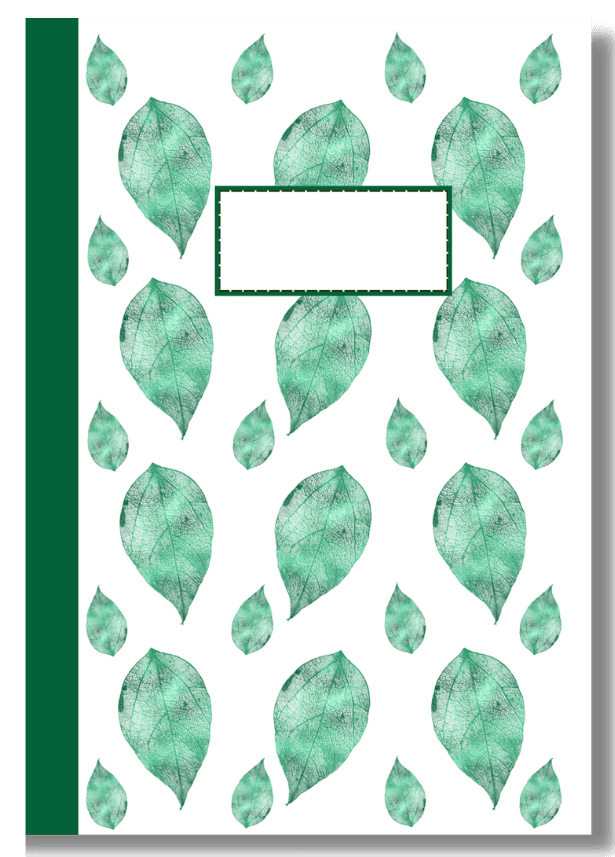








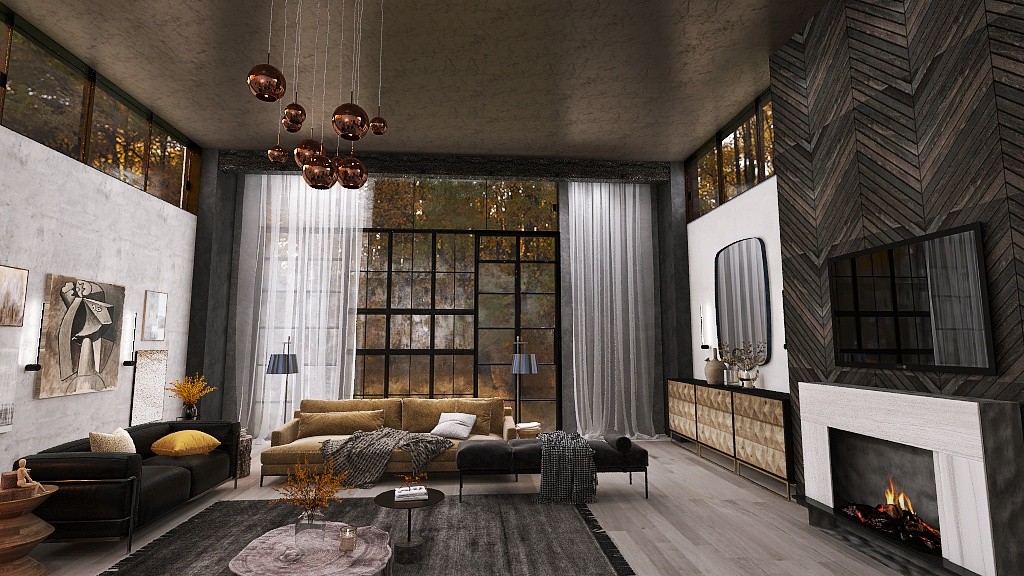







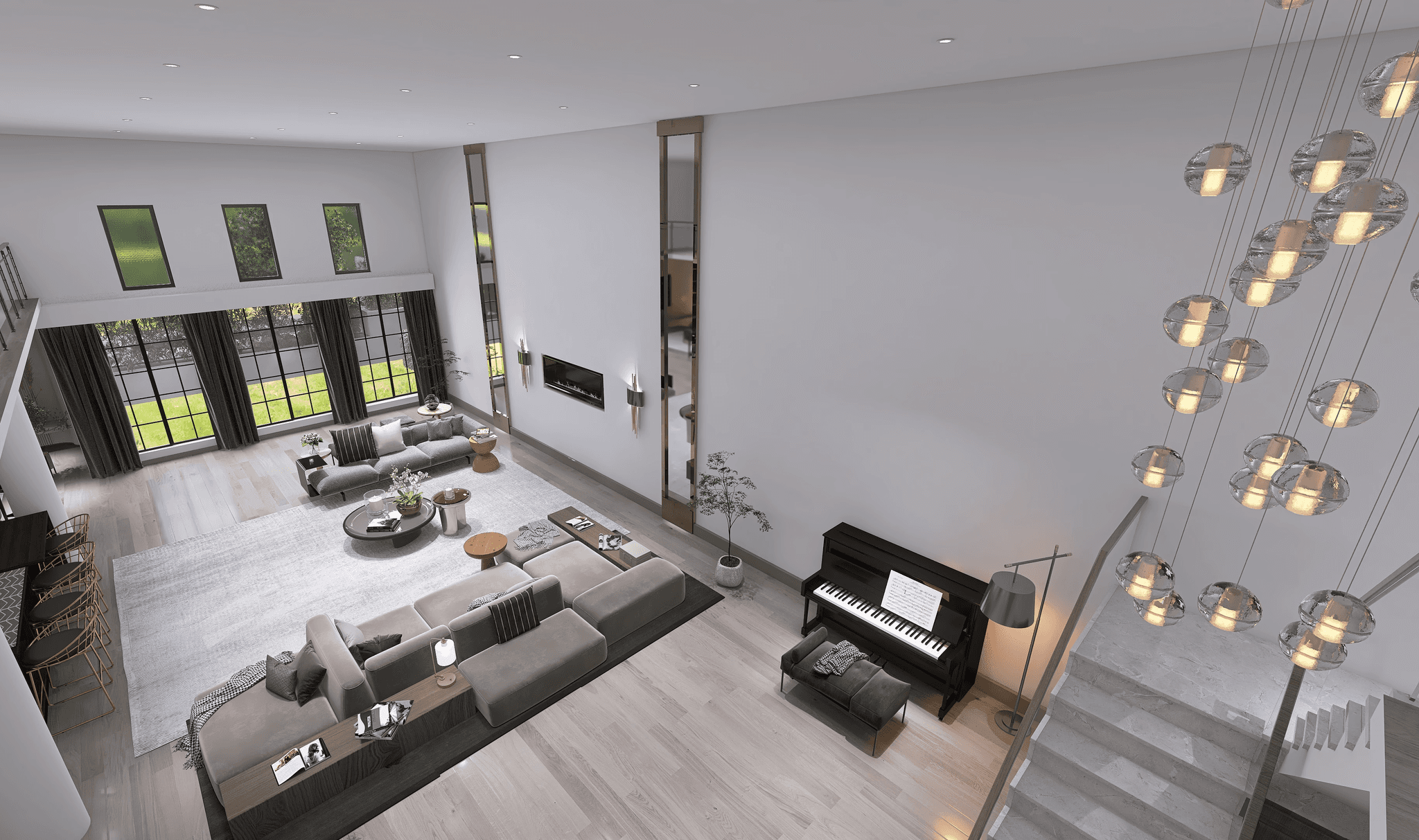

Table Settings
Thanks for watching!









